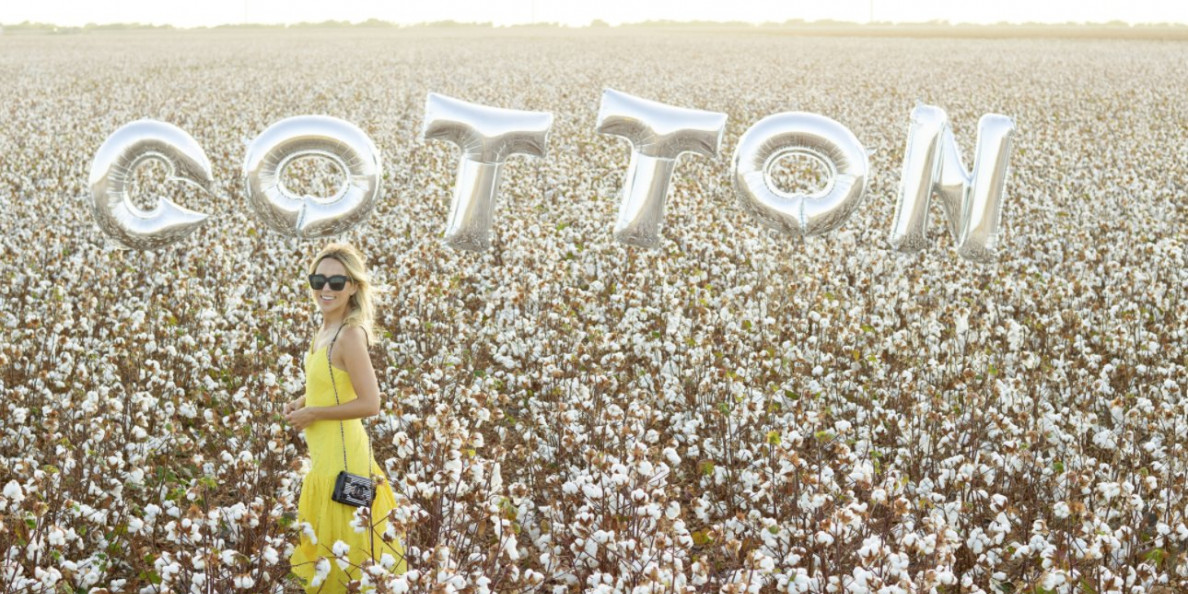By Jeff Thompson, Autauga Quality Cotton Association
As one always in search of a silver lining and often tagged the eternal optimist, I try to interject these feelings in my market letters. As of late, this is becoming very hard to do.
Macroeconomic issues, aka trade disputes, are having a greater influence on the market than fundamentals, creating much uncertainty. Pricing decisions can be made with some degree of confidence when looking at global supply/demand numbers, weather trends, technical indicators and speculative sentiment.
At least with those, we have historical data and trendlines from which to base sound decisions. This year, however, rational fundamentals have been replaced by the irrational actions of two world leaders, President Trump and President Xi Jinping.
Their incessant placement of tariffs on imported goods has us on the brink of an all-out trade war with each party hell bent on standing their ground and not losing face.
I’m not saying the previous trade scenario was fair and not in need of repair. But their unwillingness to negotiate has created a burden now being born on the back of the American farmer and rancher, and soon the consumer.
Thankfully, Fundamentals Have Been Strong
Since trade tariffs were first rumored in early June, cotton prices have fallen 17%. With each punch thrown, we’ve seen the market slip to another lower trading range, first the mid-80s followed by the lower 80s.
I would hate to imagine where prices might be without the support of strong fundamentals.
Yesterday, the school yard bullies were at it again. President Trump announced a 10% tariff would be imposed on $200 billion worth of Chinese imports beginning next Monday, with another 15% later if China retaliated. Without flinching, China’s president quickly countered with a tariff on $60 billion worth of U.S. imports.
As a result, cotton prices plummeted 264 points to close at 78.52. Crossing below all moving averages, prices fell into the 70s for the first time since mid-May.
Currently, we are in uncharted waters, unknowing as to their next move. Sound pricing decisions become very difficult.
Tariff Situation Ratchets Up
This latest round of tariffs is even more alarming because for the first time the list of goods being targeted is dominated by consumer products, whereas previously it was on goods primarily purchased by manufacturers. There is greater fear this could have a more direct negative impact on the economy, jeopardizing cotton consumption and consequently pressuring prices.
All can’t be blamed on these two gentlemen. USDA is doing its part too. In last week’s report, U.S. production was increased to 19.6 million bales. Most of us know at this time of year the crop doesn’t get better. It is what it is or can only get worse.
Just ask our brothers in the Carolina. Considering their losses, which currently are being assessed – along with boll rot issues in other parts of the Southeast – it’s inconceivable the USDA number will be reached.
If world demand can remain around 127 million bales, fundamentals should continue to support prices upward of 80 cents. At some point, China will be forced to negotiate as we have the upper hand in this tariff battle, importing more goods than they do.
What’s Next?
The big question becomes where do things go from here?
Fortunately, coops and most individuals were given ample opportunity earlier to price some cotton in the 80s. However, poised to have an above-average crop, a sizeable volume has yet to be priced and is now subject to the vagaries of an unstable market.
As tempting as it is to do something, consider patience a virtue for now. Markets are prone to knee jerk reactions on the news of the day. At some point fundamentals will rule, but how long this will take and how much blood will be let in the process.
When looking to price cotton, I strongly encourage everyone to consider the Market Facilitation Program payment(s) as an additional positive basis since it applies to every pound produced, not a percentage of APH. Program provisions guarantee six cents on half your actual production, which equates to a guaranteed three cents across all production with the hopes of more in December.
Therefore, when selling on recaps at harvest or pricing remaining on call bales from a contract consider this as an additional 300 points on to the merchant’s basis. If Choice Cotton can be of any assistance with your cotton marketing efforts this Fall, please contact us at 334-365-3369.
Until next time, wishing everyone a safe and bountiful harvest.
Πηγή: Agfax

